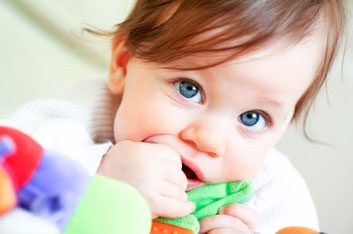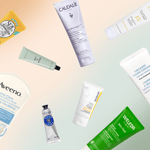News: Government will restrict phthalates in kids’ products
If you’ve spent 10 minutes with a baby you know that those little critters will put anything and everything in

If you’ve spent 10 minutes with a baby you know that those little critters will put anything and everything in their mouths. While it’s blatantly obvious that objects like, say, tin cans and gum wrappers are dangerous when eaten, it’s not so clear when it comes to toys and products made specifically for tykes’especially if they are made with industrial chemicals such as phthalates. While some studies have linked this group of chemicals to hormone disruption and birth defects in male reproductive organs, there are still many children’s products on the market that contain them.
But today, the federal government announced that it will restrict the use of six types of phthalates in products made for children. Phthalates are used to soften plastics and can be found in consumer products such as fragrances, cosmetics and food packaging. A 2003 study done by the non-profit Environmental Working Group in the U.S. found six types of phthalates in the blood and urine of volunteers who agreed to be tested. In 1998, Health Canada asked manufacturers to voluntarily stop marketing children’s products that contained two types of phthalates. However, the CBC reports that products that contained phthalates not covered by the ban were still on the market. The new restrictions , which come into effect in June, 2011, limit (but will not eliminate) the use of six types of phthalates: EHP, DBP, BBP, DINP, DIDP and DNO.
Will these new restrictions ease your mind about the safety of the toys you buy for your kids, or does more need to be done?
** Pick up the March/April 2011 issue of Best Health for more on the truth about phthalates.
Related:
‘ Parabens: What are they and are they really that bad?
‘ The truth about sulfates
‘ Lash enhancers: Are they safe?




